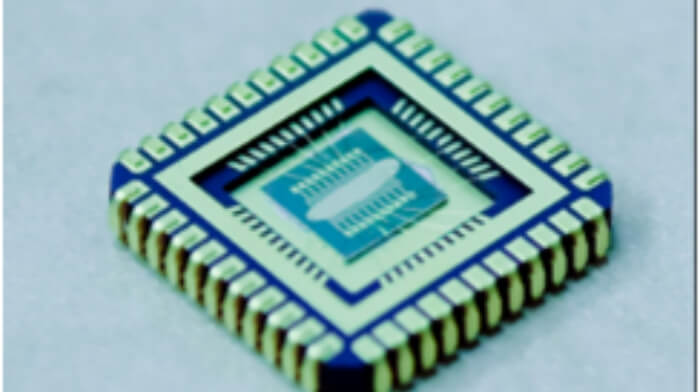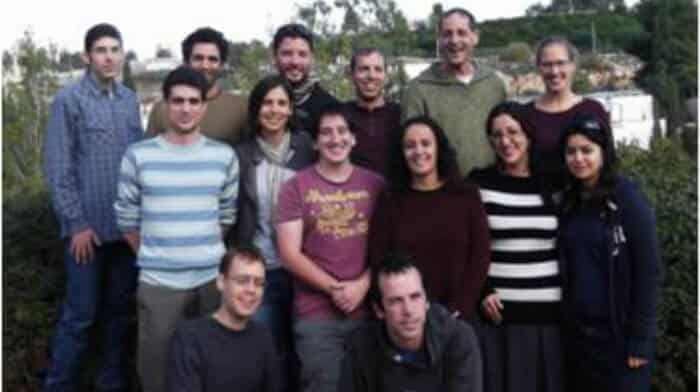A collaboration between scientists from the Hebrew University and the Weizmann Institute produced such a memory component, by exploiting the spin - the direction of rotation of the electron.

Computer memory exists in almost every device we use. There are long-term memories, but relatively slow, such as in portable storage (disk on key), and short-term memories, but very fast - such as the computer's working memory (RAM). Such memories also require an electrical power source. Many scientists are trying to develop a super-component, which will be both fast, long-lasting, tiny, and not need electrical voltage. One possible solution is magnetic memory, as in tapes or diskettes, but the problem is that these components are very difficult to miniaturize to the sizes needed in the modern electronics industry. Collaboration between scientists from the Hebrew University and the Weizmann Institute yielded such a possible component, by exploiting the spin - the direction of rotation of the electron.
rotation inside the coil
When we pass an electric current through a material, we cause the electrons to move within it. In a normal conducting material, all the electrons move in the same way, however, under certain conditions it is possible to separate the electrons according to the direction of their rotation around themselves (for convenience, scientists call these directions "up" and "down"). When you center together only electrons with the same direction of rotation ("spin"), you get magnetism, and it is possible to magnetize metal placed nearby with them. This magnet is the memory: it can be used to store information, to keep the magnetized metal and also to decode the stored information again, that is, to read the memory. The problem is - how to efficiently separate electrons with different spin. This is where a development by Prof. Ron Naaman from the Weizmann Institute (see link at the bottom of the page) comes in, which makes it possible to use a coil-shaped material to separate the electrons. The researchers from the Department of Applied Physics at the Hebrew University - Prof. Yossi Peltiel, Dr. Shira Yoglis and research student Oren Ben Dor - made use of organic molecules that have a helix shape, or chiral substances - substances whose molecules are chemically identical, but are divided into two types that are essentially a picture mirror each other (and differ in optical properties). They used such molecules to separate electrons of different spin, effectively magnetizing a nickel surface, and assembled a working memory device. "We think this technology can compete with existing technology in the future," says Prof. Peltiel. "It's a simple and promising technology, although there are still some bumps to overcome."
improve memory

In an article in the journal Nature Communications, the researchers report that they have succeeded in developing such a component, but for now it only works at very low temperatures - 223 degrees (Celsius) below zero. Now they are working on adapting it to work at room temperature, hoping to produce a memory component that will be both fast and efficient. It will also consume very little electricity to write the memory (due to the current needed by the metal magnet), even less to read the memories, and no current will be needed to maintain the memory. "What needs to be done now is to bring the existing technology to smaller sizes and higher temperatures, so that it can compete with existing memory technologies in the market," says Peltiel. In the meantime, the promise is already arousing the interest of investors in the great commercial potential inherent in the new development. The "Yishom" company of the Hebrew University and the "Yade" company of the Weizmann Institute have already registered a patent for the cutting-edge technology.

4 תגובות
I suggest that humanity will move to live in temperatures close to absolute 0.
There are cool technologies for God's sake.. 🙂
It just sounds like spin to me 🙂
So the solution is to lower the temperature in the room. What not to do to play Crysis 3...
There are many, many of his technologies that would work at room temperatures and would change the entire technology from end to end. But that is not the case.